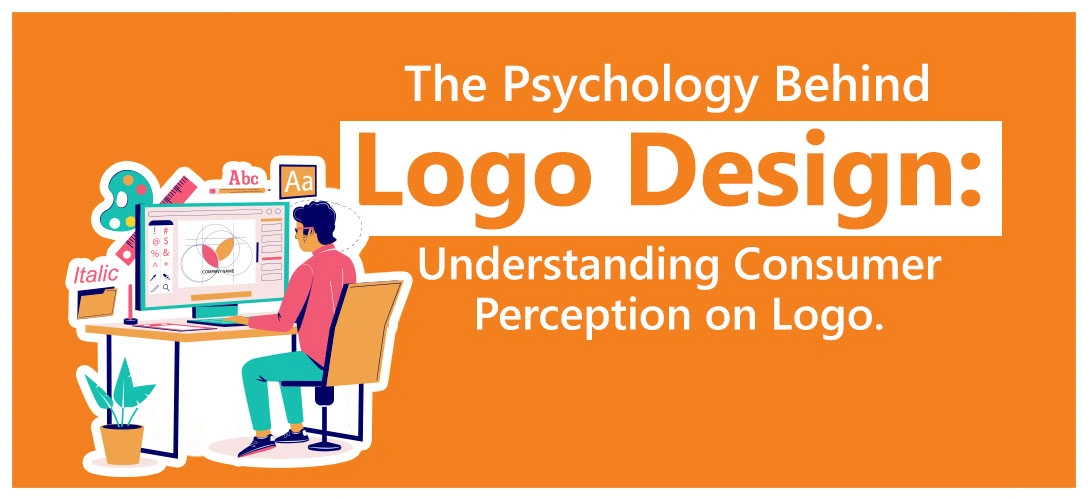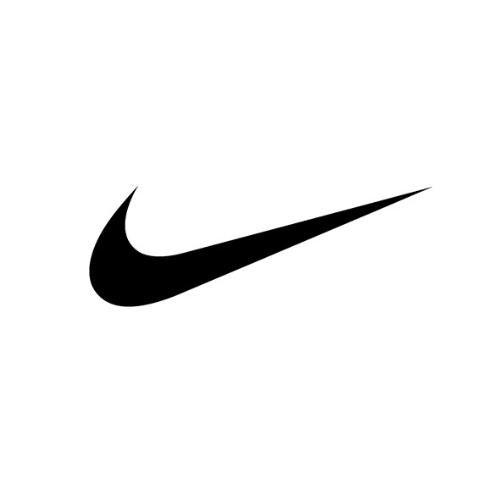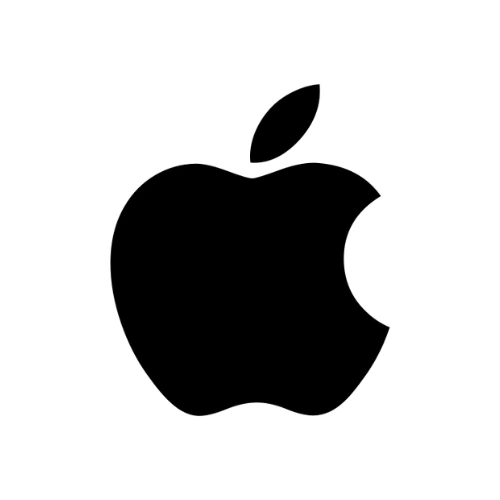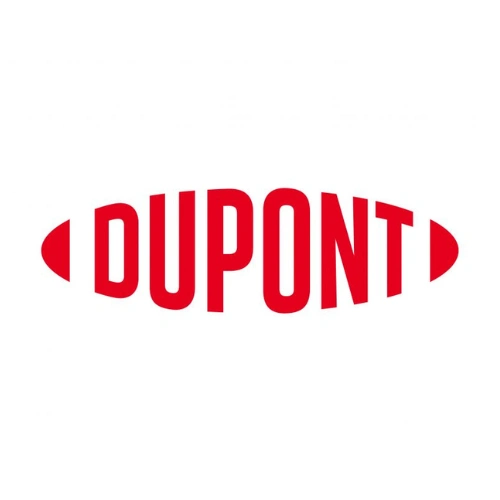The Psychology Behind Logo Design: Understanding Consumer Perception on Logos

Author: Eggfirst
Introduction
Logos are the faces of companies in brand names without boundaries. They resonate with brand identity through visuals displaying their beliefs and behaviour all together in one small detail most of the time. But, what escapes many is that beneath every hit logo there lies a deep grasp of what makes people tick according to their minds.
A logo is not just a graphic; it talks to clients below the conscious level softly. Each decision behavior—shape, color, and font is selective to bring out particular feelings and memories. Consider the famous Apple symbol: it represents brilliance, elegance, and trust due to its basic minimalist shape, thus underpinning the technological dominance associated with this company.
Creating Intrigue and Engagement with Paradox Logo
A brand must distinguish itself in a crowded marketplace. Paradox logos have hidden meanings or optical illusions to attract consumers’ attention and arouse their inquisitiveness. They urge viewers to connect on a deeper level with brands by understanding the meanings embedded in their designs over time. Take the FedEx logo, which represents velocity, precision, and moving forward with its discreet arrow tucked between “E” and “x”.

Color Psychology in Logo Design
Color is critical for shaping the perception and behavior of consumers.” Each color has a symbolic meaning, eliciting particular feelings and concepts. It is very important to understand logo design when it comes to evoking desired responses from the audience through color psychology. For example, blue is considered trustworthy, reliable, and professional, hence the high preference for using blue color in designing corporate logos. In contrast, red indicates strength, passion, and action, like in cases where companies want to show how aggressive they are in business.
The Impact of Logo Psychology on Consumer Behavior
People’s views of brands are greatly affected by their logos. A good logo will bring about trust, allegiance, and fondness for a given brand, but a bad one may lead to misunderstanding or, worse, doubt; The psychology of logo design shows that this aspect of brand creation helps create more purposeful relationships with customers, hence building loyalty towards such brands.
Popular Brand Logo’s









Conclusion
In brief, the significance of the logo in business is to influence customers, as it acts as a means through which they communicate to their customers what the company stands for. A logo communicates the identity of any company. The more original their logos are, the more visible and memorable the company becomes. As a result, a lot depends on a company’s logo; finally, it is a company’s manifesto. Each company wants to make certain factors associated with it rather than letting this process happen arbitrarily. That is why it tries to present an image reflecting its vision in logos.
At Eggfirst, we comprehend the significance of psychology when designing logos. We combine inventiveness with tactical reasoning to produce logos that communicate effectively with your intended market, thereby creating enduring brand recall for consumers. Reach out to us now for more information on our logo creation process as well as ways in which we can add value to your brand.
FAQs
Logo design is the process of creating a unique visual symbol that represents a company, brand, or product. It involves combining typography, imagery, color, and design principles to convey a specific message or identity.
When selecting a logo design, consider your brand's personality, target audience, and industry. Choose a design that is versatile, timeless, and aligns with your brand's vision.
A good logo is simple, memorable, versatile, and relevant to the brand. It should be scalable, work well in different contexts, and reflect the brand's identity effectively
To choose the right logo designer for your business:
-
Review Portfolios: Examine designers' portfolios to assess their style and quality of work.
-
Consider Experience: Prioritize designers with experience in logo design and branding.
-
Evaluate Communication:Select a designer who communicates effectively and understands your brand vision.
-
Check Reviews: Read client reviews and testimonials to gauge their reputation and client satisfaction.
-
Budget Consideration: Balance quality and affordability when considering pricing.
-
Understand Process: Ensure the designer's process aligns with your project expectations and timelines
The logo design process often includes initial research, sketching ideas, digital refinement, client feedback, and finalization. Each step is crucial to ensure the logo meets the client's objectives
